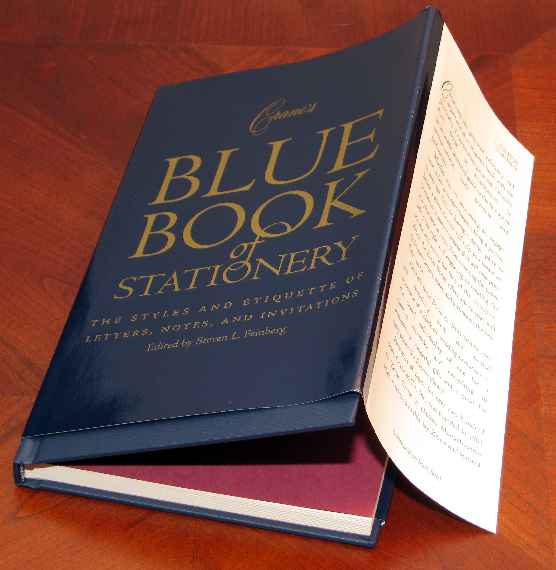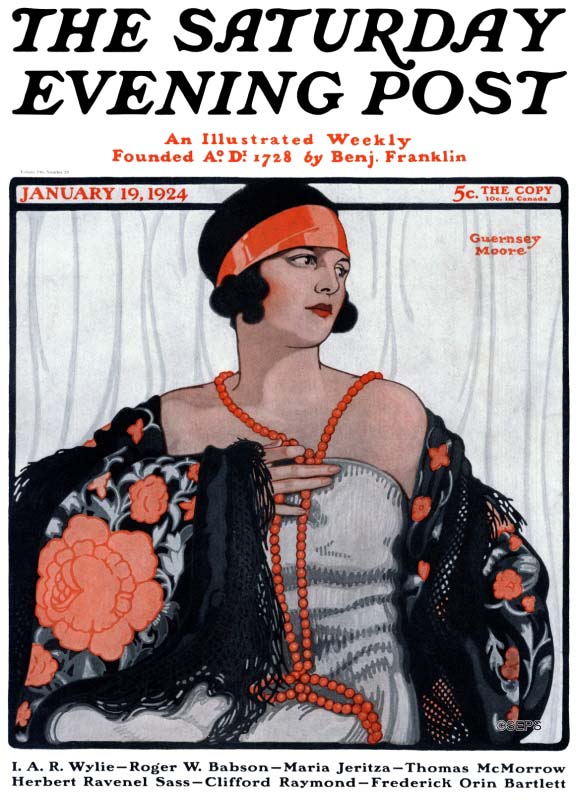|
Raising Kane
"Raising Kane" is a 1971 book-length essay by American film critic Pauline Kael, in which she revived controversy over the authorship of the screenplay for the 1941 film ''Citizen Kane''. Kael celebrated screenwriter Herman J. Mankiewicz, first-credited co-author of the screenplay, and denigrated the contributions of Orson Welles, who co-wrote, produced and directed the film, and performed the lead role. The 50,000-word essay was written for ''The Citizen Kane Book'' (1971), as an extended introduction to the shooting script by Mankiewicz and Welles. It first appeared in February 1971 in two consecutive issues of ''The New Yorker'' magazine. In the ensuing controversy Welles was defended by colleagues, critics, biographers and scholars, but his reputation was damaged by its charges. The essay (and Kael's assertions) were later questioned after Welles's contributions to the screenplay were documented. Background One of the long-standing controversies about ''Citizen Kane'' has ... [...More Info...] [...Related Items...] OR: [Wikipedia] [Google] [Baidu] |
Script Doctor
A script doctor is a writer or playwright hired by a film, television, or theatre production company to rewrite an existing script or improve specific aspects of it, including structure, characterization, dialogue, pacing, themes, and other elements. Script doctors generally do their work uncredited for a variety of commercial and artistic reasons. They are usually brought in for scripts that have been almost "green-lit" during the development and pre-production phases of a film to address specific issues with the script, as identified by the financiers, production team, and cast. To receive credit, the Writers Guild of America screenwriting credit system requires a second screenwriter to contribute more than 50 percent of an original screenplay or 33 percent of an adaptation. Uncredited screenwriters are not eligible to win the Academy Award or the Writers Guild of America Award. Examples Many screenwriters have done uncredited work on screenplays: * Paul Attanasio: ''Speed'' ... [...More Info...] [...Related Items...] OR: [Wikipedia] [Google] [Baidu] |
Andrew Sarris
Andrew Sarris (October 31, 1928 – June 20, 2012) was an American film critic. He was a leading proponent of the auteur theory of film criticism. Early life Sarris was born in Brooklyn, New York, to Greek immigrant parents, Themis (née Katavolos) and George Andrew Sarris, and grew up in Ozone Park, Queens. After attending John Adams High School in South Ozone Park (where he overlapped with Jimmy Breslin), he graduated from Columbia University in 1951 and then served for three years in the Army Signal Corps before moving to Paris for a year, where he became a friend of Jean-Luc Godard and François Truffaut. Upon returning to New York's Lower East Side, Sarris briefly pursued graduate studies at his alma mater and Teachers College, Columbia University before turning to film criticism as a vocation. Career After initially writing for ''Film Culture'', he moved to ''The Village Voice'' where his first piece—a laudatory review of '' Psycho''—was published in 1960. Later he re ... [...More Info...] [...Related Items...] OR: [Wikipedia] [Google] [Baidu] |
Bantam Books
Bantam Books is an American publishing house owned entirely by parent company Random House, a subsidiary of Penguin Random House; it is an imprint of the Random House Publishing Group. It was formed in 1945 by Walter B. Pitkin, Jr., Sidney B. Kramer, and Ian and Betty Ballantine, with funding from Grosset & Dunlap and Curtis Publishing Company. It has since been purchased several times by companies including National General, Carl Lindner's American Financial and, most recently, Bertelsmann; it became part of Random House in 1998, when Bertelsmann purchased it to form Bantam Doubleday Dell. It began as a mass market publisher, mostly of reprints of hardcover books, with some original paperbacks as well. It expanded into both trade paperback and hardcover books, including original works, often reprinted in house as mass-market editions. History The company was failing when Oscar Dystel, who had previously worked at Esquire and as editor on Coronet magazine was hired in 1954 t ... [...More Info...] [...Related Items...] OR: [Wikipedia] [Google] [Baidu] |
Little, Brown And Company
Little, Brown and Company is an American publishing company founded in 1837 by Charles Coffin Little and James Brown in Boston. For close to two centuries it has published fiction and nonfiction by American authors. Early lists featured Emily Dickinson's poetry and ''Bartlett's Familiar Quotations''. Since 2006 Little, Brown and Company is a division of the Hachette Book Group. 19th century Little, Brown and Company had its roots in the book selling trade. It was founded in 1837 in Boston by Charles Little and James Brown. They formed the partnership "for the purpose of Publishing, Importing, and Selling Books". It can trace its roots before that to 1784 to a bookshop owned by Ebenezer Battelle on Marlborough Street. They published works of Benjamin Franklin and George Washington and they were specialized in legal publishing and importing titles. For many years, it was the most extensive law publisher in the United States, and also the largest importer of standard English law a ... [...More Info...] [...Related Items...] OR: [Wikipedia] [Google] [Baidu] |
Dust Jacket
The dust jacket (sometimes book jacket, dust wrapper or dust cover) of a book is the detachable outer cover, usually made of paper and printed with text and illustrations. This outer cover has folded flaps that hold it to the front and back book covers. Dust jackets originally displayed cover information on top of a simple binding, at a time when it was not feasible to print directly onto the binding. The role of a dust jacket has been largely supplanted by modern hardcover printing technologies, which prints such information directly onto the binding. Modern dust covers still serve to display promotional material and shield the book from damage. The back panel or flaps of the dust cover are printed with biographical information about the author, a summary of the book from the publisher (known as a blurb) or critical praise from celebrities or authorities in the book's subject area. The information on the dust jacket often resembles that of the binding but may have additional pr ... [...More Info...] [...Related Items...] OR: [Wikipedia] [Google] [Baidu] |
Pauline Kael (1968)
Pauline Kael (; June 19, 1919 – September 3, 2001) was an American film critic who wrote for ''The New Yorker'' from 1968 to 1991. Known for her "witty, biting, highly opinionated and sharply focused" reviews, Kael's opinions often ran contrary to those of her contemporaries. One of the most influential American film critics of her era, she left a lasting impression on the art form. Roger Ebert argued in an obituary that Kael "had a more positive influence on the climate for film in America than any other single person over the last three decades". Kael, he said, "had no theory, no rules, no guidelines, no objective standards. You couldn't apply her 'approach' to a film. With her it was all personal." In a blurb for ''The Age of Movies'', a collection of her writings for the Library of America, Ebert wrote that "Like George Bernard Shaw, she wrote reviews that will be read for their style, humor and energy long after some of their subjects have been forgotten." Owen Gleib ... [...More Info...] [...Related Items...] OR: [Wikipedia] [Google] [Baidu] |
Richard Wilson (director)
Richard Wilson (December 25, 1915 – August 21, 1991) was an American director, actor, writer and producer closely associated with Orson Welles and the Mercury Theatre. accessed 20 April 2014 Select filmography *'''' (1955) - director *'''' (1957) - director *''[...More Info...] [...Related Items...] OR: [Wikipedia] [Google] [Baidu] |
RKO Pictures
RKO Radio Pictures Inc., commonly known as RKO Pictures or simply RKO, was an American film production and distribution company, one of the "Big Five" film studios of Hollywood's Golden Age. The business was formed after the Keith-Albee-Orpheum (KAO) theater chain and Joseph P. Kennedy's Film Booking Offices of America (FBO) studio were brought together under the control of the Radio Corporation of America (RCA) in October 1928. RCA chief David Sarnoff engineered the merger to create a market for the company's sound-on-film technology, RCA Photophone, and in early 1929 production began under the RKO name (an abbreviation of Radio-Keith-Orpheum). Two years later, another Kennedy holding, the Pathé studio, was folded into the operation. By the mid-1940s, RKO was controlled by investor Floyd Odlum. RKO has long been renowned for its cycle of musicals starring Fred Astaire and Ginger Rogers in the mid-to-late 1930s. Actors Katharine Hepburn and, later, Robert Mitchum had the ... [...More Info...] [...Related Items...] OR: [Wikipedia] [Google] [Baidu] |
Viking Press
Viking Press (formally Viking Penguin, also listed as Viking Books) is an American publishing company owned by Penguin Random House. It was founded in New York City on March 1, 1925, by Harold K. Guinzburg and George S. Oppenheim and then acquired by the Penguin Group in 1975. History Guinzburg, a Harvard graduate and former employee of Simon and Schuster and Oppenheimer, a graduate of Williams College and Alfred A. Knopf, founded Viking in 1925 with the goal of publishing nonfiction and "distinguished fiction with some claim to permanent importance rather than ephemeral popular interest." B. W. Huebsch joined the firm shortly afterward. Harold Guinzburg's son Thomas became president in 1961. The firm's name and logo—a Viking ship drawn by Rockwell Kent—were meant to evoke the ideas of adventure, exploration, and enterprise implied by the word "Viking." In August 1961, they acquired H.B. Huesbsch, which maintained a list of backlist titles from authors such as James Joyce an ... [...More Info...] [...Related Items...] OR: [Wikipedia] [Google] [Baidu] |
Screen Writers Guild
The Screen Writers Guild was an organization of Hollywood screenplay authors, formed as a union in 1933. In 1954, it became two different organizations: Writers Guild of America, West and the Writers Guild of America, East. Founding Screenwriters' earliest attempts at organizing date back to the 1910s, when film scenarists participated in The Authors League of America (now the Authors Guild). However, screenwriters soon identified a need to form their own organization, since they had different work products and challenges than literary writers. Another attempt at representation was the Photoplay Authors’ League, founded in 1914 in Los Angeles, but it disbanded after two years. In Summer 1920, twelve writers announced the formation of the Screen Writers Guild. They published an open letter in ''Variety'', defining six objectives of the organization, and inviting all industry writers to apply for membership. Members had to derive income from some form of film writing, and to rece ... [...More Info...] [...Related Items...] OR: [Wikipedia] [Google] [Baidu] |
The Saturday Evening Post
''The Saturday Evening Post'' is an American magazine, currently published six times a year. It was issued weekly under this title from 1897 until 1963, then every two weeks until 1969. From the 1920s to the 1960s, it was one of the most widely circulated and influential magazines within the American middle class, with fiction, non-fiction, cartoons and features that reached two million homes every week. The magazine declined in readership through the 1960s, and in 1969 ''The Saturday Evening Post'' folded for two years before being revived as a quarterly publication with an emphasis on medical articles in 1971. As of the late 2000s, ''The Saturday Evening Post'' is published six times a year by the Saturday Evening Post Society, which purchased the magazine in 1982. The magazine was redesigned in 2013. History Rise ''The Saturday Evening Post'' was first published in 1821 in the same printing shop at 53 Market Street in Philadelphia where the Benjamin Franklin-founded ''Pennsyl ... [...More Info...] [...Related Items...] OR: [Wikipedia] [Google] [Baidu] |





